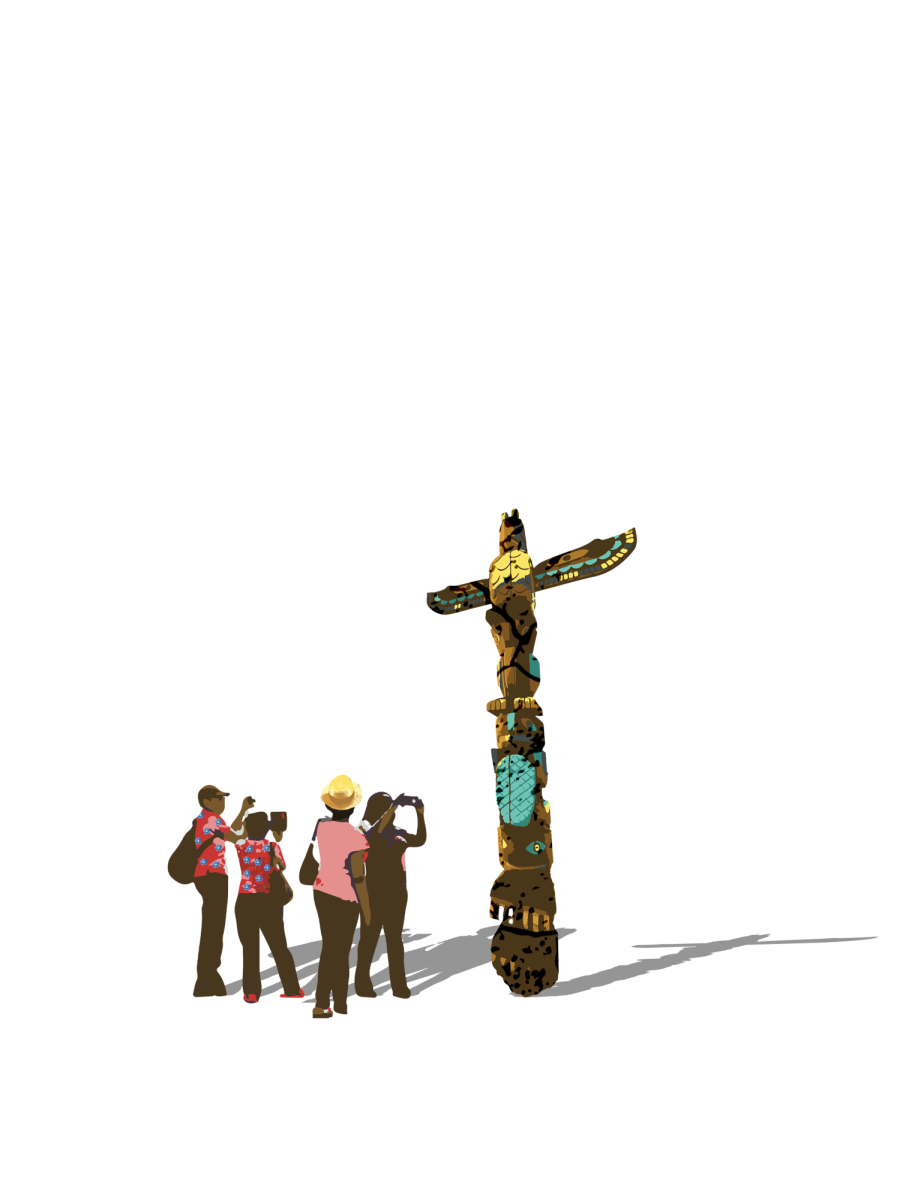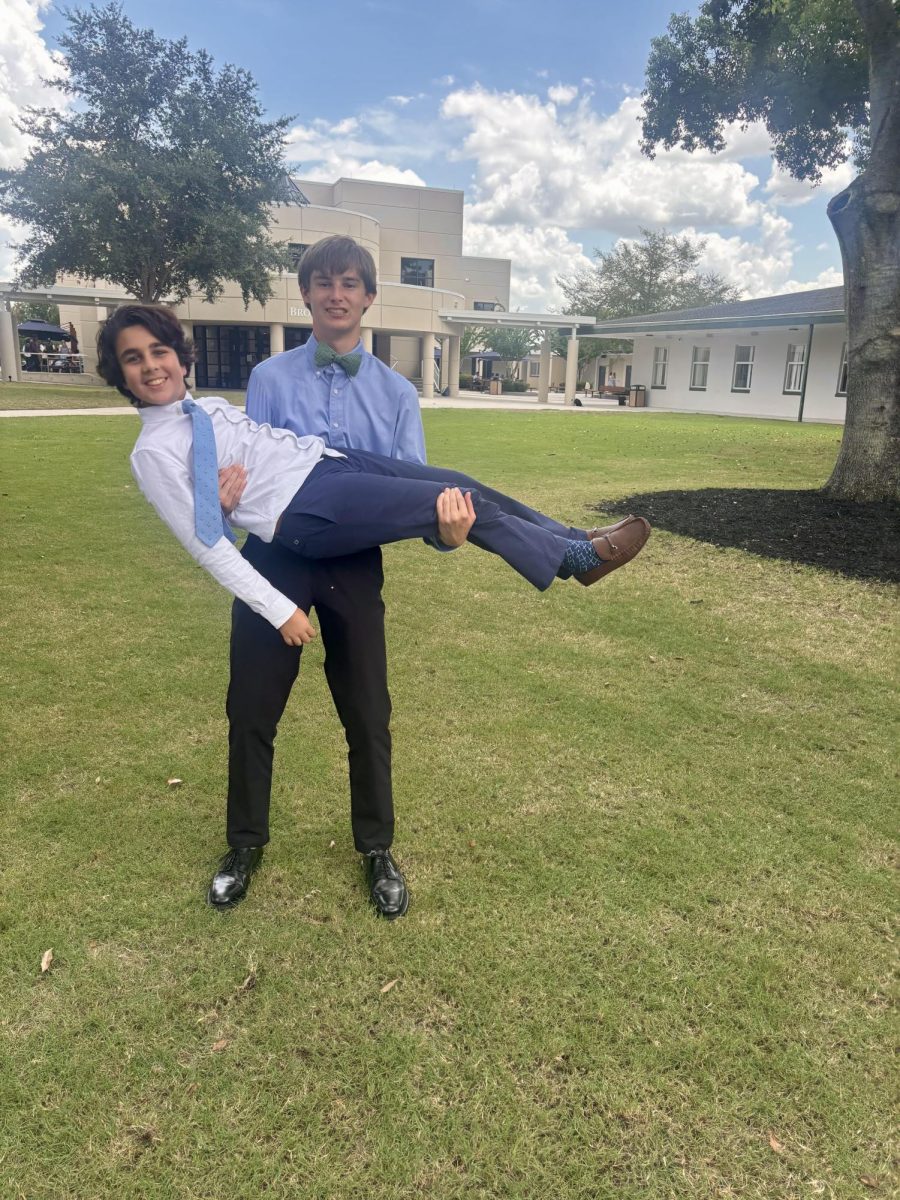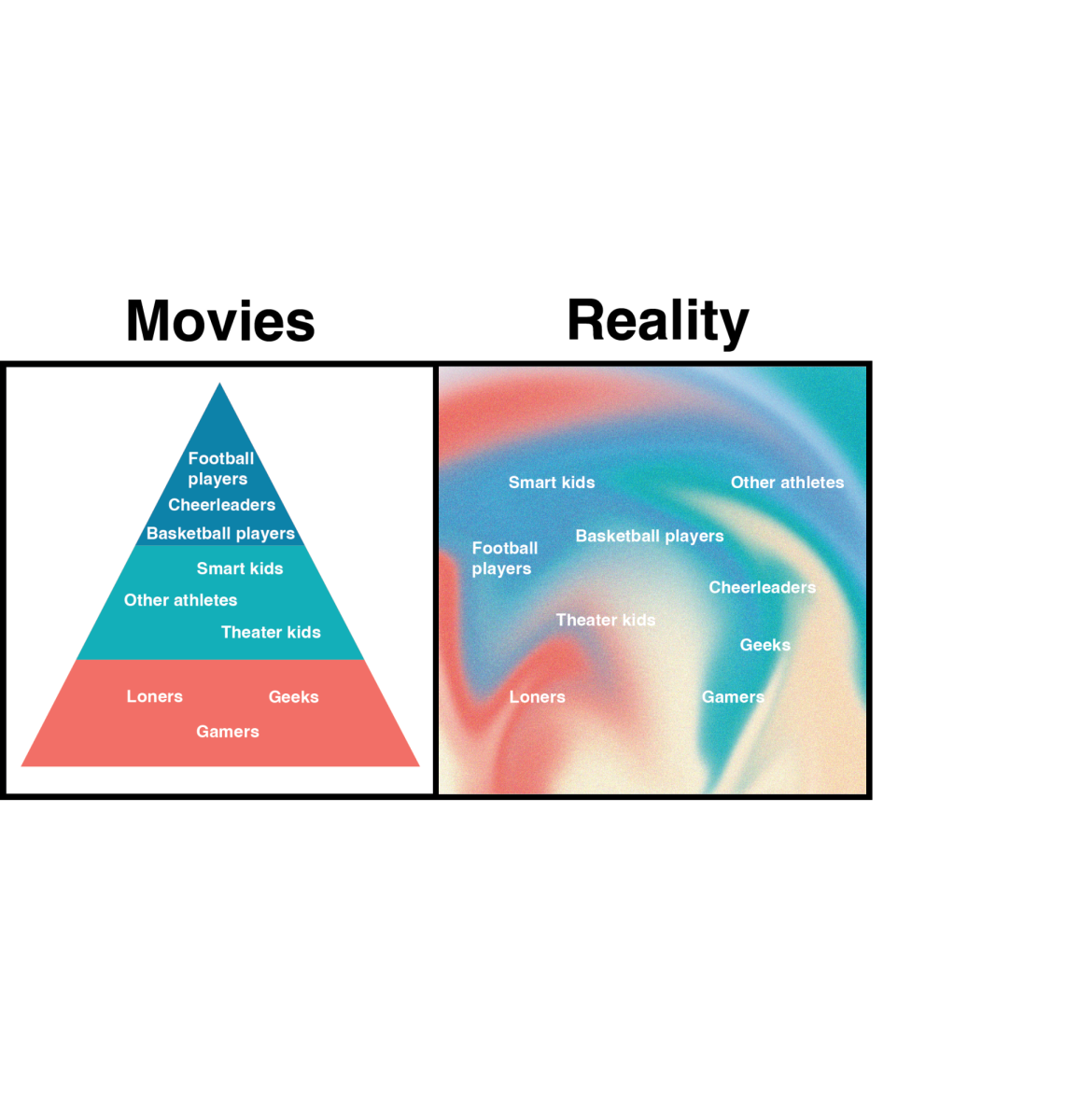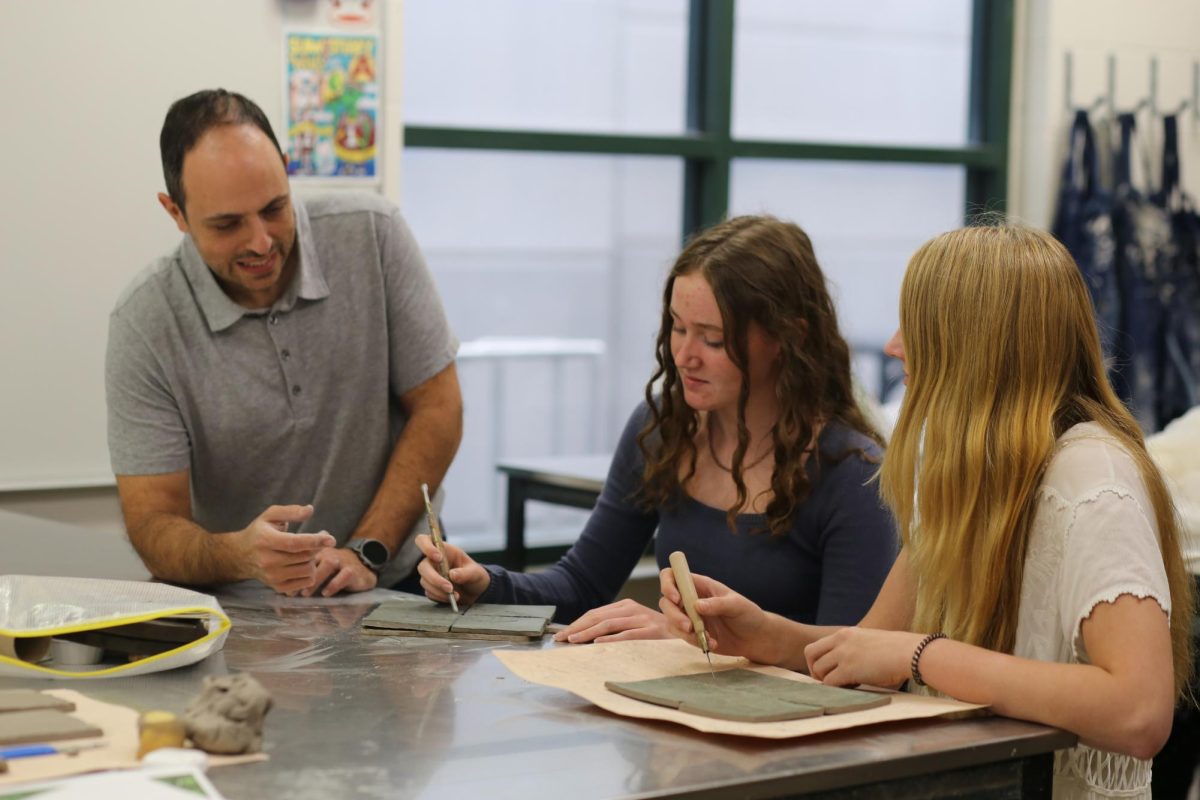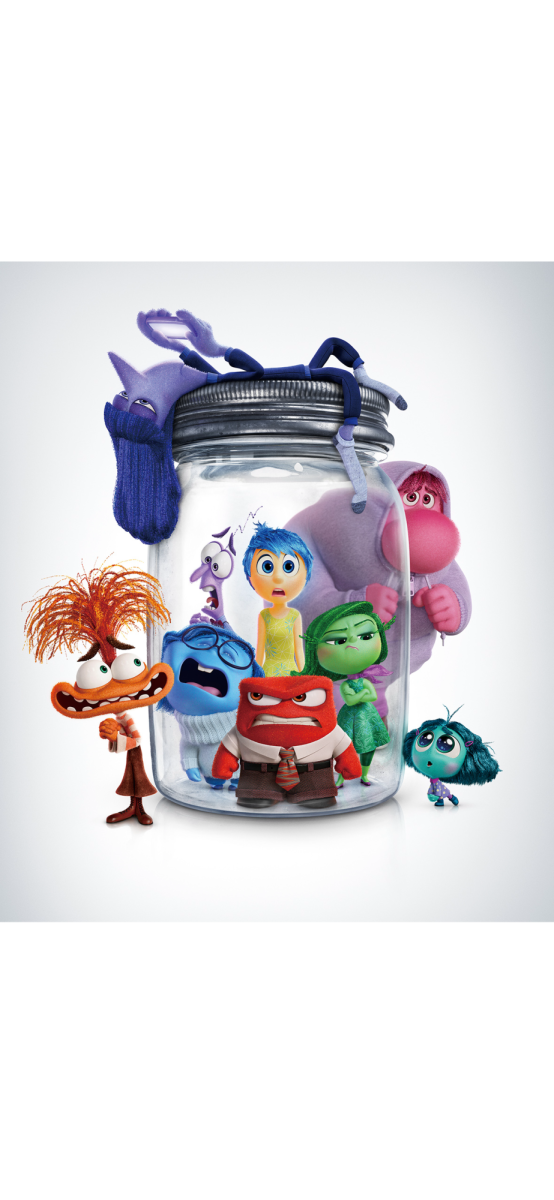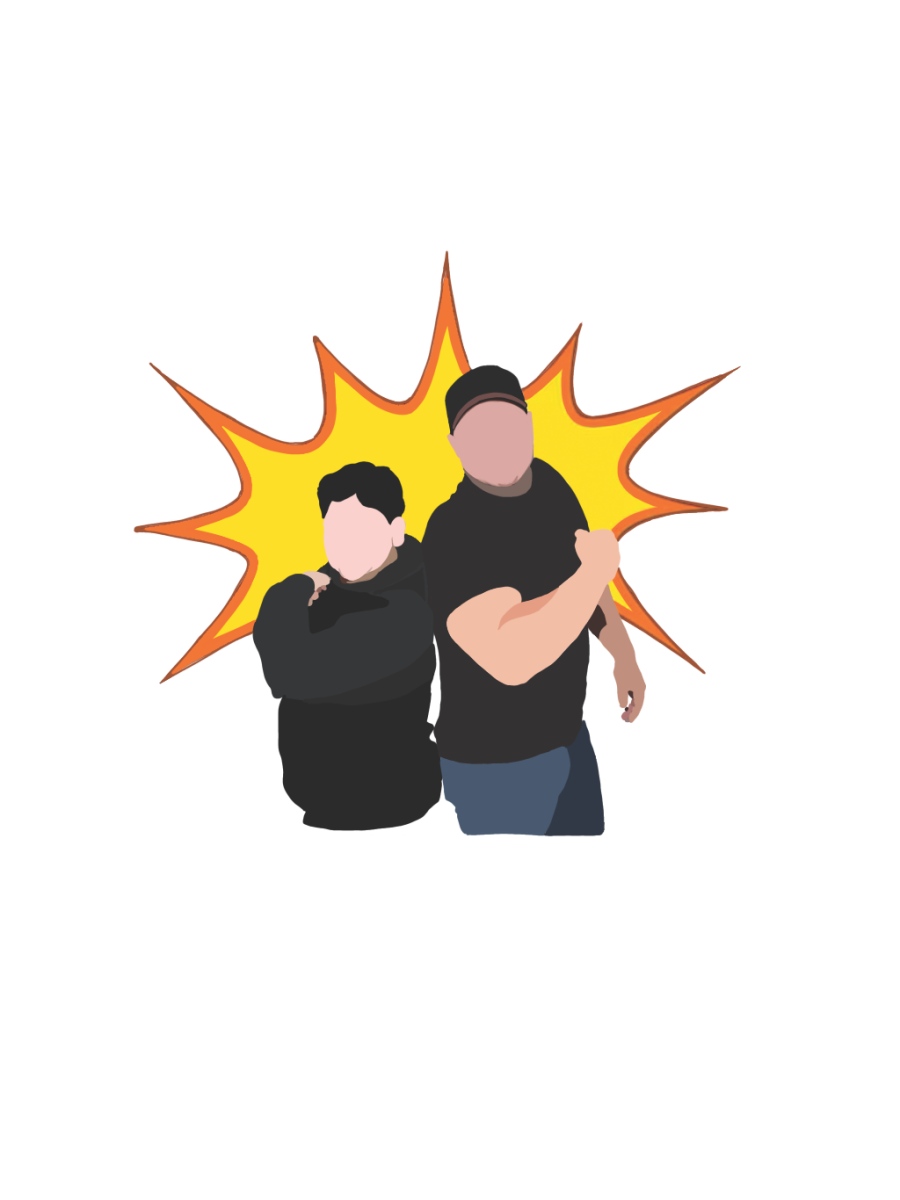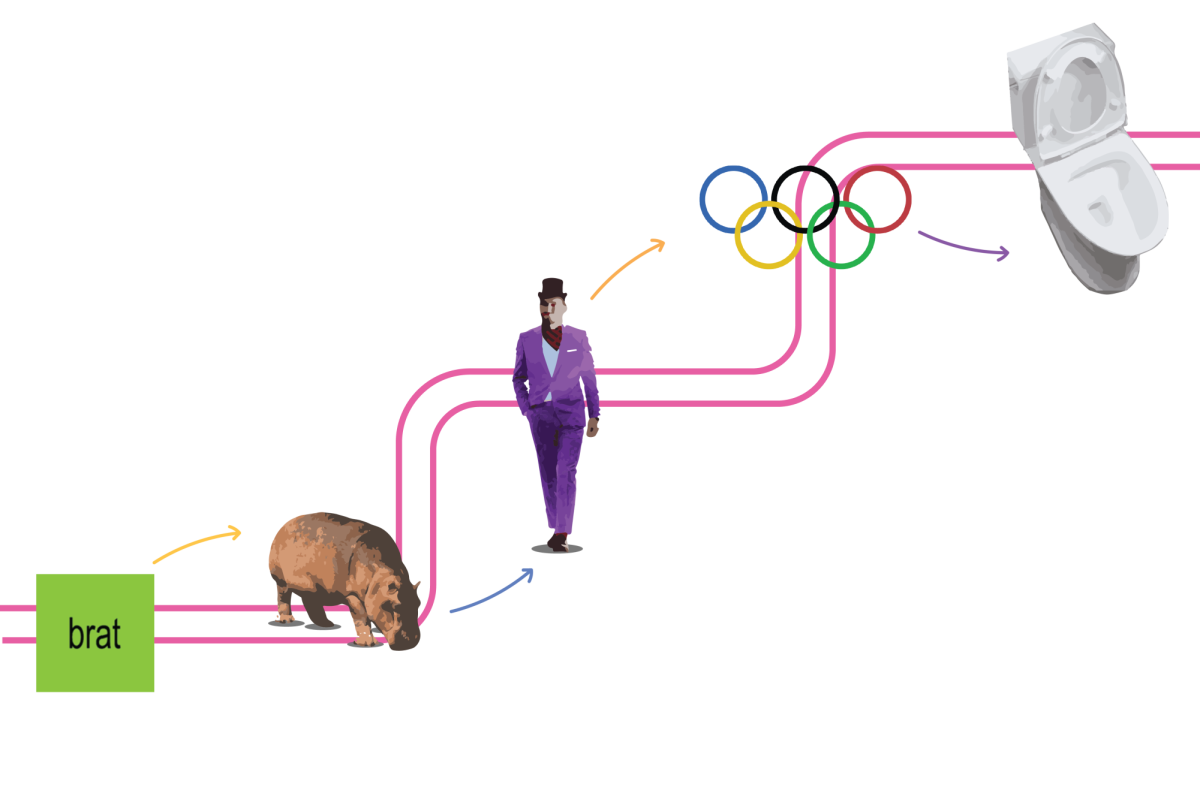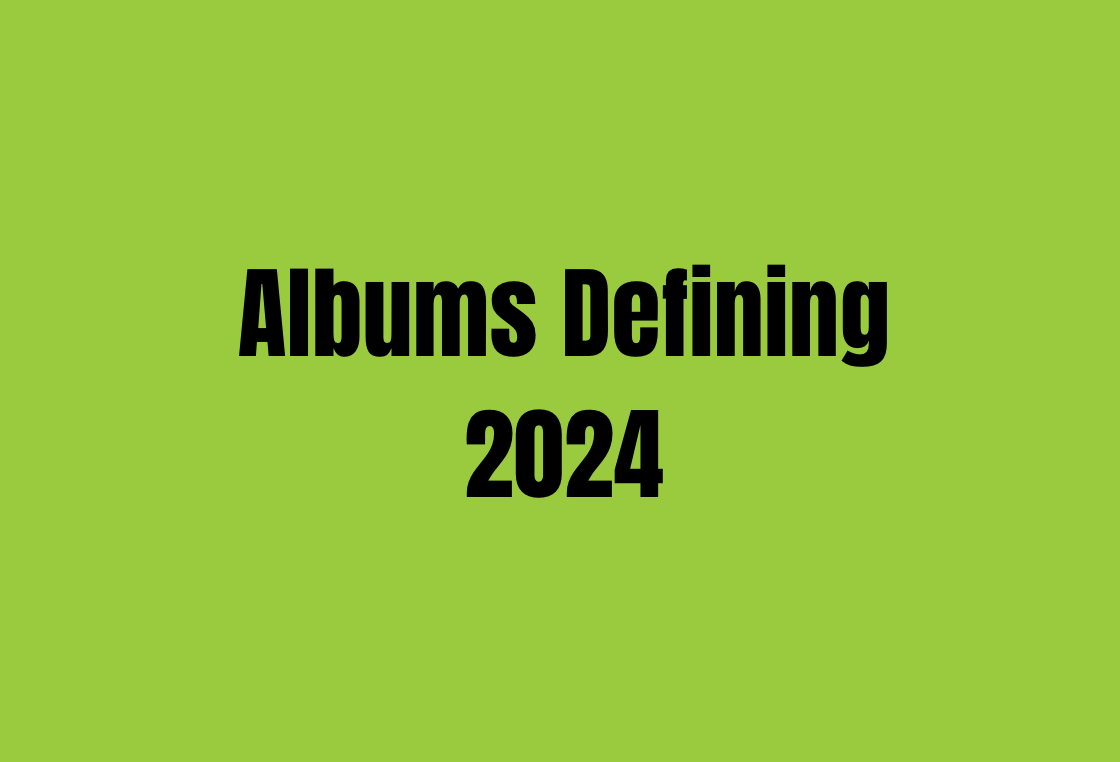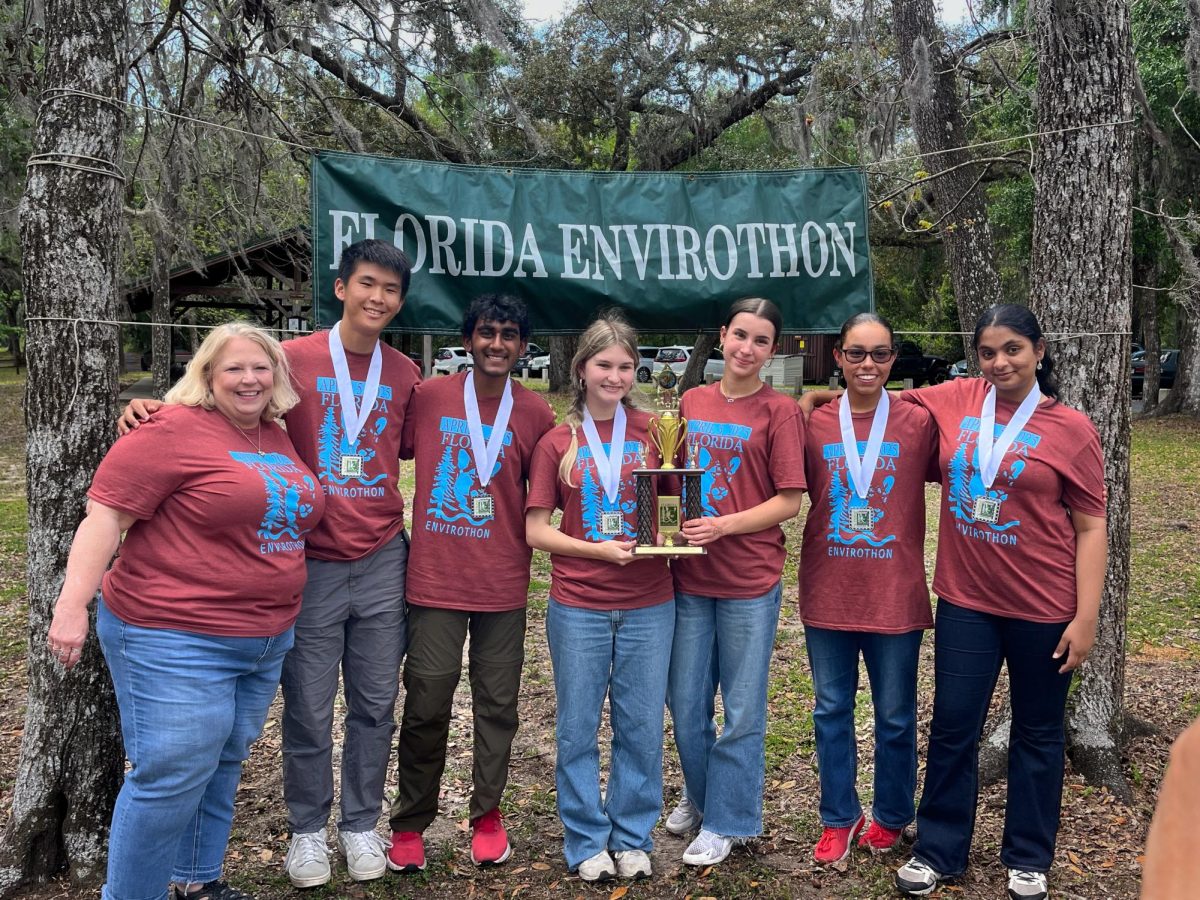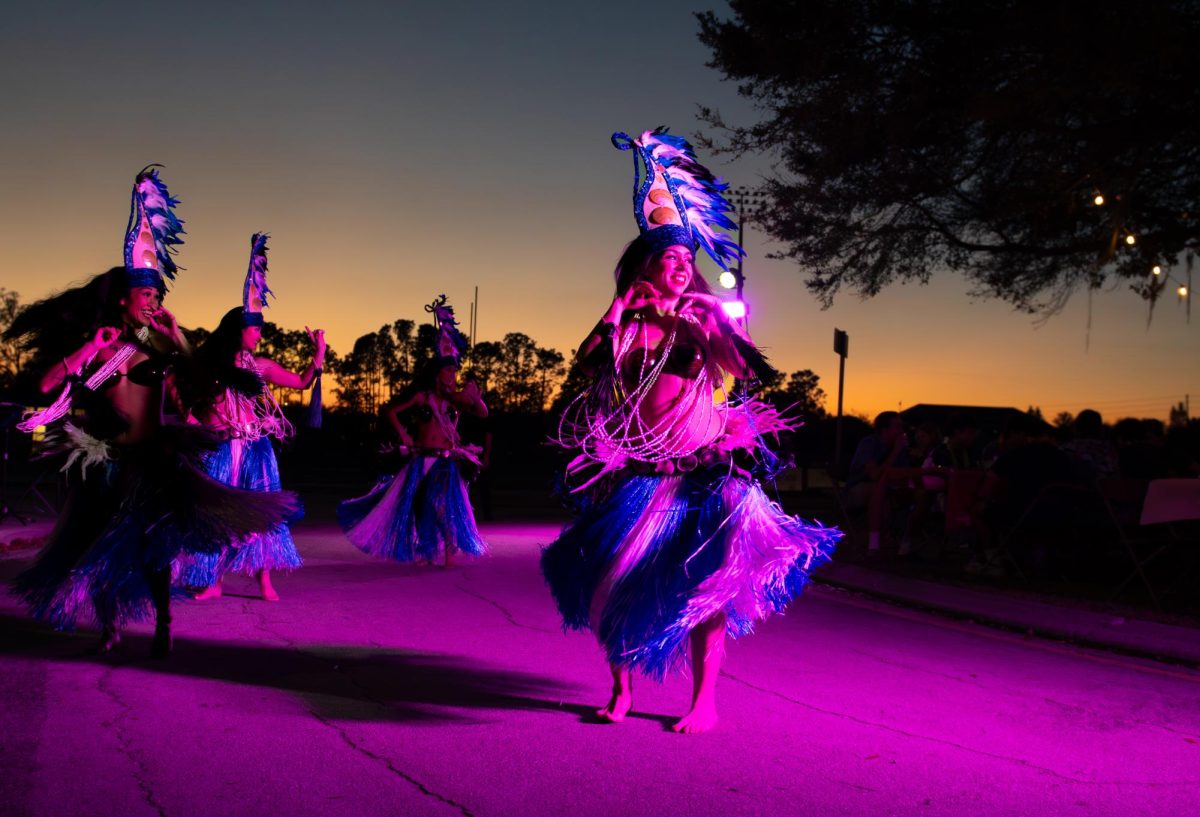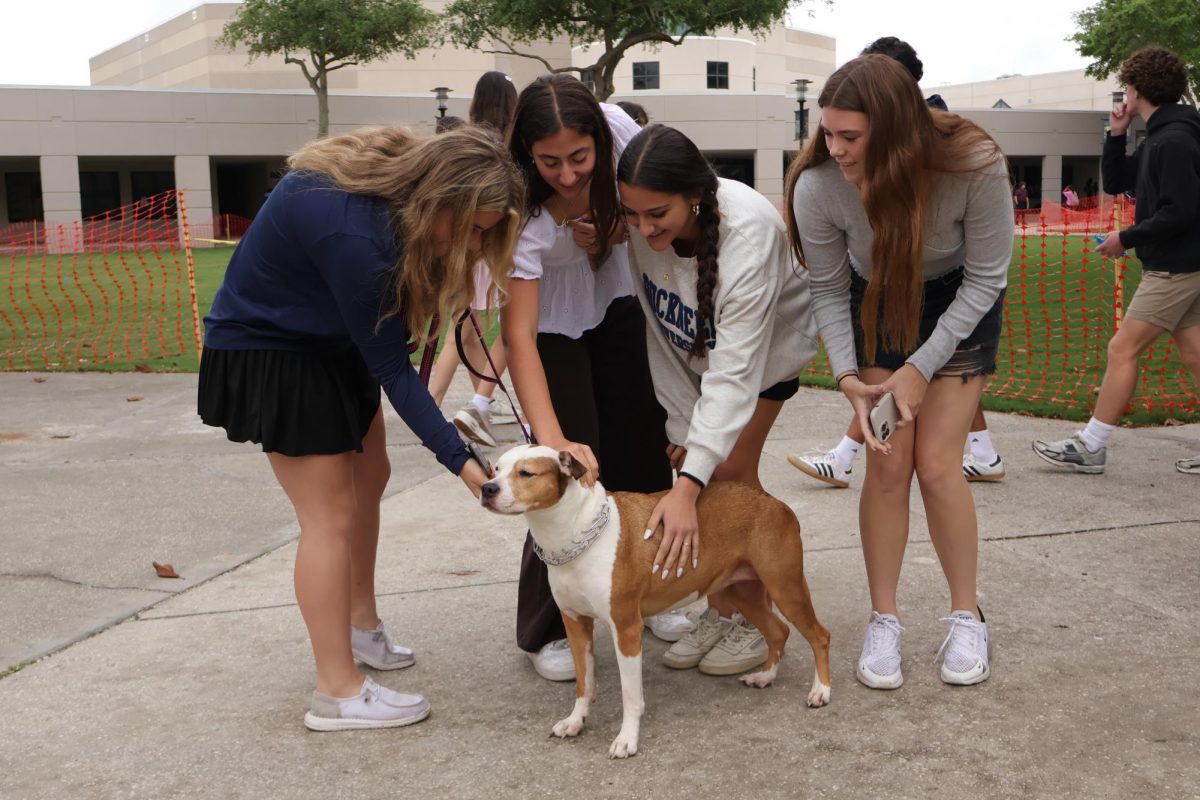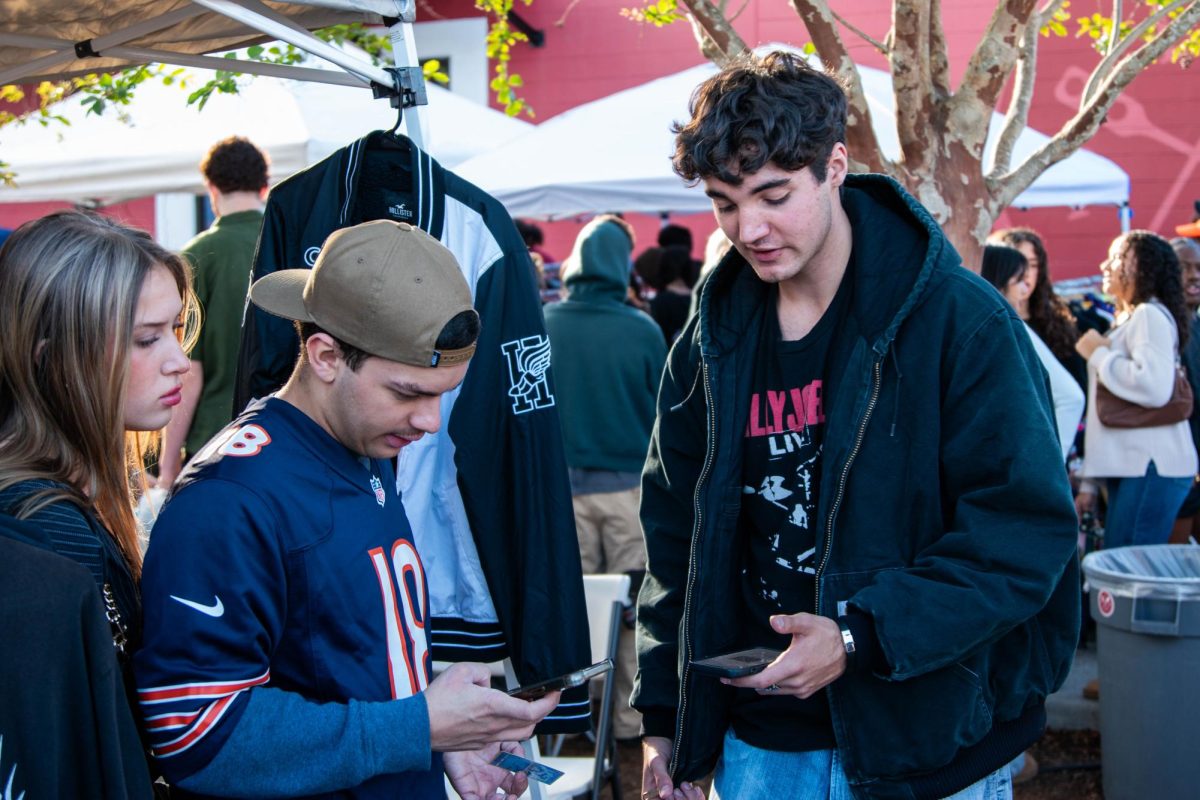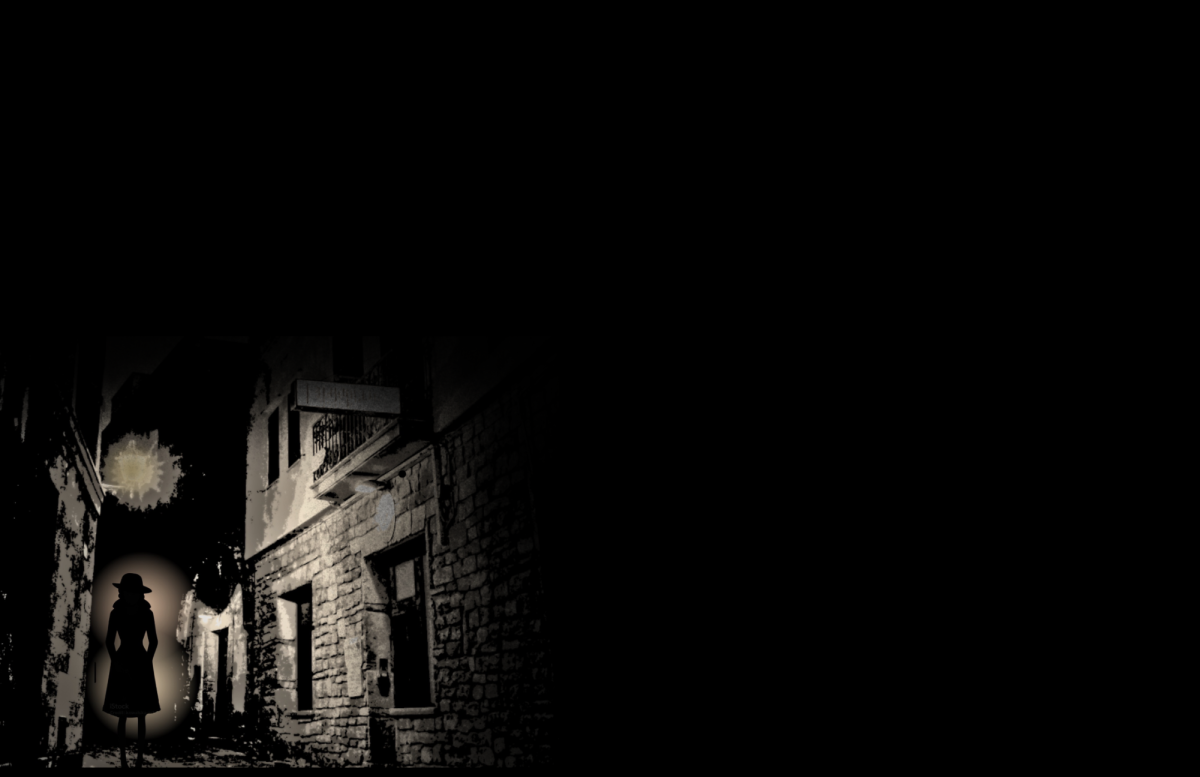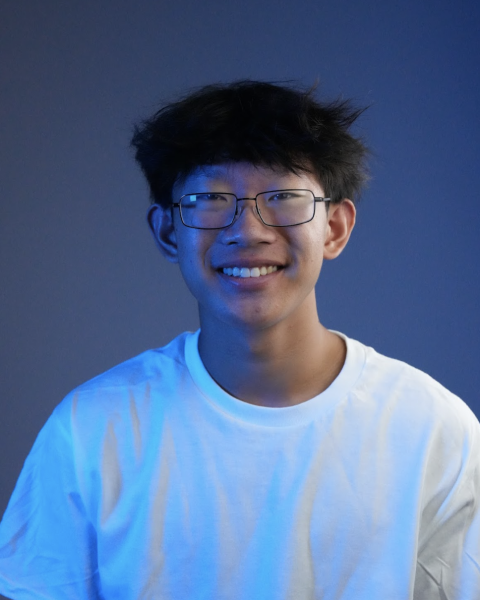Native Hawaiian Keahi Tajon remembers the excitement every summer when his dad took a break from work in the plantation fields to camp on the West side beach of the Big Island in Hawaii. Tajon ran along the vast sunlit beach to play in the clear crystal water, careful not to step on the school of tropical fish weaving through the coral reefs.
Now a massive hotel looms over the same beach, and a sea of tourists crowd the space with their plastic chairs and umbrellas. The fish have fled, the corals are withered, and all signs of native life are overpowered by the mob of tourists.
“I remember a very vibrant coral reef, I remember trees being there, which later on, were cut for firewood,” Tajon said. “I haven’t really smelled the health of the beach since that time. I watched the reefs die back; I’m watching Hawaii die.”
According to Hawaii Guide, a staggering 5 million people traveled to Hawaii in 2023. The tourism industry is projected to continue to rise especially after COVID-19. Overtourism is the leading factor in the deterioration of Hawaii and its Native people.
“You’re a tourist,” University of Hawaii associate professor Dr. Kalehua Krug said. “You visit a place, you love it so much. You move here and then you become the invasive species… that’s all part of this idea of traveling to Hawaii and not having a care in the world of what your impact would be.”
It is a common assumption that tourism positively impacts the economy and locals living in Hawaii. However, corporate companies, often from outside of Hawaii, like hotel company Hilton Worldwide, are the forerunners of profits made in this perfect vacation spot.
“Most of [tourism companies] aren’t based in Hawaii,” Tajon said. “The owners don’t live in Hawaii. All of those dollars get shipped out to wherever that owner comes from… They don’t invest that money back into keeping Hawaii.”
Their dominance in the tourism industry outcompetes the businesses run by locals, preventing locals from keeping up with the rising prices of land. According to the Department of Housing and Urban Development, Hawaii is ranked fourth highest in the nation for its rate of homelessness. 51% of the state’s homeless are Native Hawaiians.
“They’re inflating the price,” Tajon said. “I will never see that kind of money in my life. At every level, we’re being priced out of our own homes.”
Projects built on these purchased lands cause dire environmental problems such as habitat loss, deforestation, and water pollution. According to the University of Hawaii, these are all contributing factors to Hawaiian species making up 75% of all extinct species in the US.
In addition to the environmental effects, Native Hawaiians are struggling to maintain their lifestyles and cultural values.
“Hawaiian people no longer have their land, culture, language, religion, or ceremonies,” Dr. Krug said. “Barely anything of the culture is left. We are in a space to have to revitalize that.”
Many native Hawaiian traditions have been altered or commercialized to attract the attention of tourists. The authentic religion is masked by the falsities and misinformation synthesized for an audience.
“There’s a whole fake Hawaiian religion called Huna,” Tajon said.”They reference some Hawaiian words and claim to be some lineage of a Hawaiian healer. You find pictures of very non-Hawaiian people with non-Hawaiian implements beating Native American drums and singing words to Hawaiian songs that don’t exist anywhere but in their own mind.”
The eagerness of uneducated tourists to experience “Hawaiian culture” fuels companies to continue to spread more misconceptions about Native Hawaiian culture. Many sacred things like the leis and the hula lost their cultural significance in the midst of souvenirs and cultural appropriation.
“They’re not going to take that extra step to actually verify how legitimate it is or not,” Tajon said. “…Before you know it, Elvis Presley is more Hawaiian than we are.”
Tourists come ready to relax on their vacation, often forgetting to respect and acknowledge the people living there.
“You think that you deserve to go wherever you want and do whatever you want,” Krug said. “You lose this intrinsic respect that you should have for nature, other cultures and other people.”
The lack of awareness and respect leads to vandalization of sacred lands. Past examples of this include the construction of a Thirty Meter Telescope on Mauna Kea, a sacred mountain for Native Hawaiians and the rebuilding of Coco Palm Resort over Wailua, the birthplace of Hawaiian kings and queens. Due to the lack of resources and numbers, protestors have to pick and choose their battles.
“We find successes in small patches and support those,” Tajon said. “That’s what keeps our fires burning, a lot of us don’t get depressed and burnt out because those little things that show us we do make a difference.”
While tourism is not going to stop, tourists can be more mindful of their actions and the environment around them. Supporting local businesses and traveling with an open mind are good ways to raise awareness to the preservation of Native Hawaiian culture and land. Some activities include working at a taro farm, removing invasive species and going on an ecotour.
“What has to take place is repurposing the way that tourists show up here… and understanding the impacts that we’ve all had on the natural landscape,” Krug said.
In order to create a new model where money from tourism sustains locals and Hawaii, shaping the younger generation’s mind with good education is imperative.
“Everything is about education,” Tajon said. “It’s about the kids, what we call the pua, the flowers of Hawaii. We have a saying, ‘if you plan for one year, plant Kalo (taro), if you plan for 10 years plant Koa (eucalyptus tree), if you want to plan for 100 years, then teach the children.”
More programs are implemented to teach students to be culturally and environmentally conscious. At the school where Krug works as principal, kids speak in the native language about the environment and go into nature to love and learn about plants and organisms.
“They are getting kids more connected with the ocean and bringing back some of these species that all I did was watch die growing up,” Tajon said. “There’s hope. I see the stars of hope.”
Through education and fostering conversations, tourists and people of all kinds can learn about Native Hawaiian culture and apply it towards caring and protecting nature.
“Aloha is that word for love and deep respect,” Tajon said. “Aina is our term for land, the things that feed us. The term Aloha Aina, would mean to love the land and love those things that feed you. It’s that integrity that allows us to then move with spiritual intention as much as physical intention.”
Aligning with this mindset allows people to approach a new place with peace and travel sustainably in a way that is healthy for the world.
“You’ll have this feeling inside that ‘I don’t want to hurt that plant, I don’t want to hurt that fish,’” Krug said. “You’ll be able to balance our human-centric decision making. There’ll be a space in your mind that is occupied by a consideration for other species of nature and not overly consumed with human need.”
To the Native Hawaiians, it is about modeling their behaviors to the living organisms around them, living in tandem with each other. By taking the time to understand and learn their perspectives, people can become more aware of their own footprints and find solidarity in uniting under an universal cause.
“All the beliefs come from working together from nature,” Krug said. “Watching other species work together and watching plants work together. All these symbiotic relationships are recorded to show that you can not impact one thing without knowing deeply on a spiritual level that it will impact everything.”
At the end of the day, it is the community, unified under the same love and passion, that people like Tajon and Krug fight for. It is the community and home that the Native Hawaiians and the rest of the world can not lose; it is something that is priceless.
“For me it’s community and family everywhere,” Tajon said. “In a world where it’s becoming harder to find safety and integrity, my groups have nothing but safety. We might be broke, but we’re going to eat well, we’re going to sleep well and we’re going to love each other. That to me is a peace of mind, I don’t think anybody with that amount of money can buy.”




